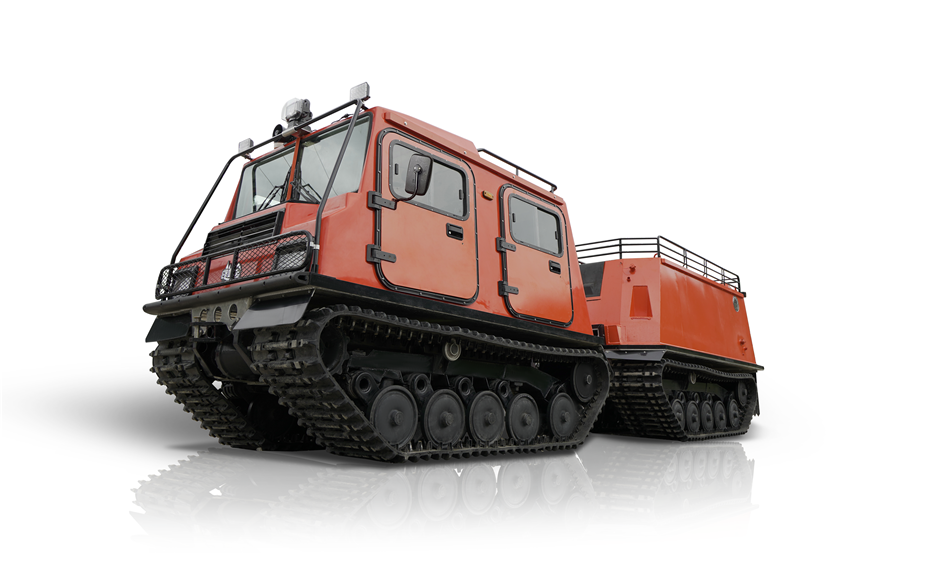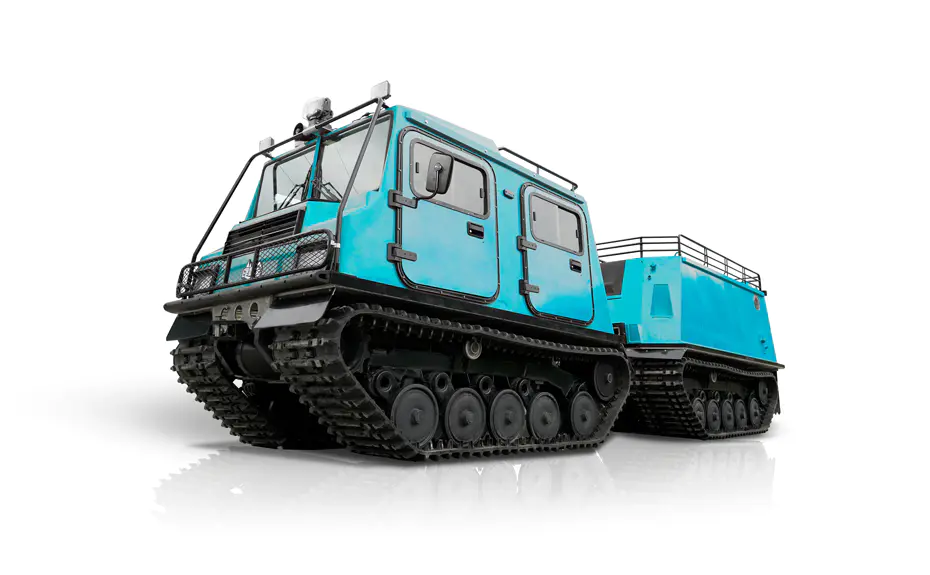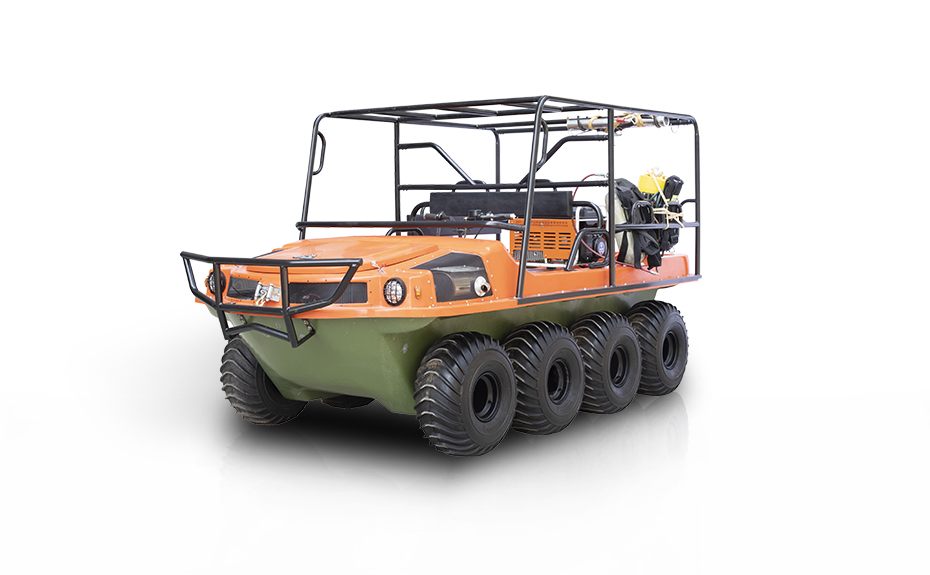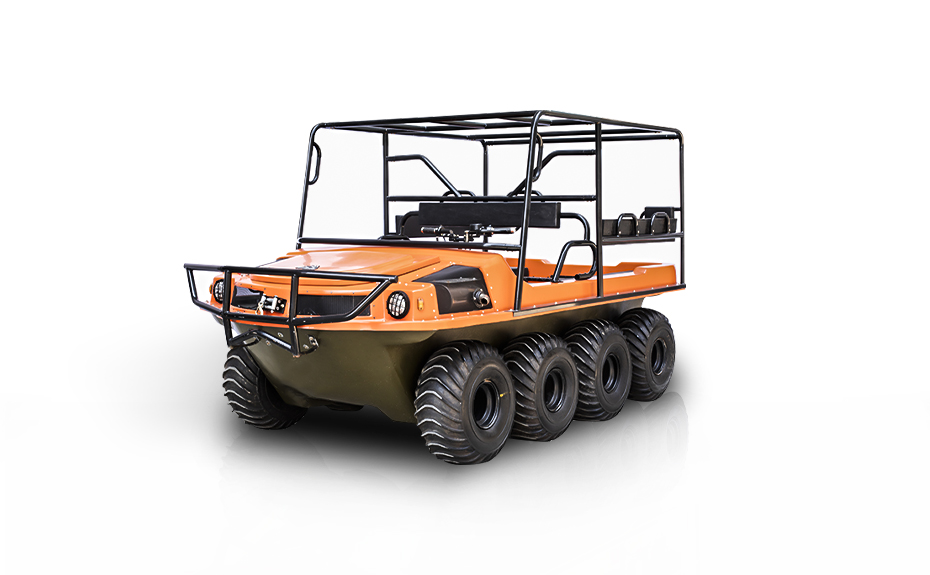
Changing Emergency Response: The Rise of the Liquid-Cooled Amphibious Transport Vehicle
In a significant leap forward for emergency response technology, the newly developed Liquid-Cooled Amphibious Transport Vehicle (LCATV) is redefining the capabilities of rescue operations in harsh environments. This good vehicle, built for both land and water navigation, is equipped with a good liquid-cooling system that allows it to maintain good performance under high-stress conditions, making it good for disaster relief and search-and-rescue missions.
The Liquid-Cooled Amphibious Transport Vehicle is engineered to traverse flooded urban areas, swampy terrain, and even coastal regions affected by hurricanes or tsunamis. With climate change resulting in an increase in severe weather events, emergency response teams are demanding more versatile and resilient equipment. The LCATV addresses this need with an innovative cooling mechanism that prevents engine overheating during prolonged operations, even in scorching temperatures or under heavy load.
One of the key features of the Liquid-Cooled Amphibious Transport Vehicle is its integrated temperature-regulating system. Unlike traditional rescue vehicles that often falter in hot climates or during extended use, the LCATV utilizes a closed-loop coolant circulation system. This system allows the vehicle to operate continuously during high-intensity missions without engine shutdowns or thermal stress, ensuring uninterrupted response times in critical situations.
In a recent demonstration coordinated by the National Disaster Response Task Force, the Liquid-Cooled Amphibious Transport Vehicle was deployed in a simulated flash flood rescue operation. The LCATV seamlessly navigated submerged roads, transported emergency personnel, and evacuated stranded civilians. The vehicle's amphibious capabilities, combined with its liquid-cooled drivetrain, allowed it to perform far beyond the reach of standard transport vehicles, completing the mission in half the time traditionally required.
According to the engineer Maria Chen of HydraTech Mobility, “The Liquid-Cooled Amphibious Transport Vehicle was designed with one goal in mind: saving lives in the harsh conditions. Its dual-environment navigation and advanced thermal management make it an indispensable tool for modern emergency services.”
The LCATV is not only equipped with high-performance engines but also offers customizable rescue modules. These include modular seating for evacuees, onboard medical equipment, and drone deployment systems for aerial reconnaissance. All internal systems are protected by the same liquid-cooling architecture that stabilizes temperature and maximizes efficiency, regardless of operational duration.

What sets the Liquid-Cooled Amphibious Transport Vehicle apart from other amphibious models is its ability to function goodly in high-humidity environments where overheating is a significant risk. Traditional rescue boats and trucks often require cooldown periods or supplemental ventilation. The LCATV, by contrast, operates continuously, allowing emergency teams to focus entirely on mission objectives.
Global humanitarian organizations have also taken notice. The International Federation of Red Cross and Red Crescent Societies has initiated a pilot program to deploy the Liquid-Cooled Amphibious Transport Vehicle in Southeast Asia, a region frequently affected by typhoons and flooding. Preliminary reports indicate a 30% improvement in evacuation times and a marked reduction in equipment failure rates.
“The adaptability and reliability of the Liquid-Cooled Amphibious Transport Vehicle make it an essential addition to our disaster response toolkit,” said Samuel Ofori, logistics coordinator for the Red Cross. “In the field, seconds matter. This vehicle helps us save lives more efficiently and safely.”
Looking ahead, developers are exploring how AI integration could further enhance the performance of the Liquid-Cooled Amphibious Transport Vehicle. Future iterations may include autonomous navigation, predictive route mapping, and sensor-based threat detection to assist rescue crews in real time.
As urban areas expand into flood-prone zones and climate instability continues to challenge traditional infrastructure, the role of the Liquid-Cooled Amphibious Transport Vehicle in emergency preparedness and response is poised to grow significantly.











 浙ICP备2022029871号
浙ICP备2022029871号